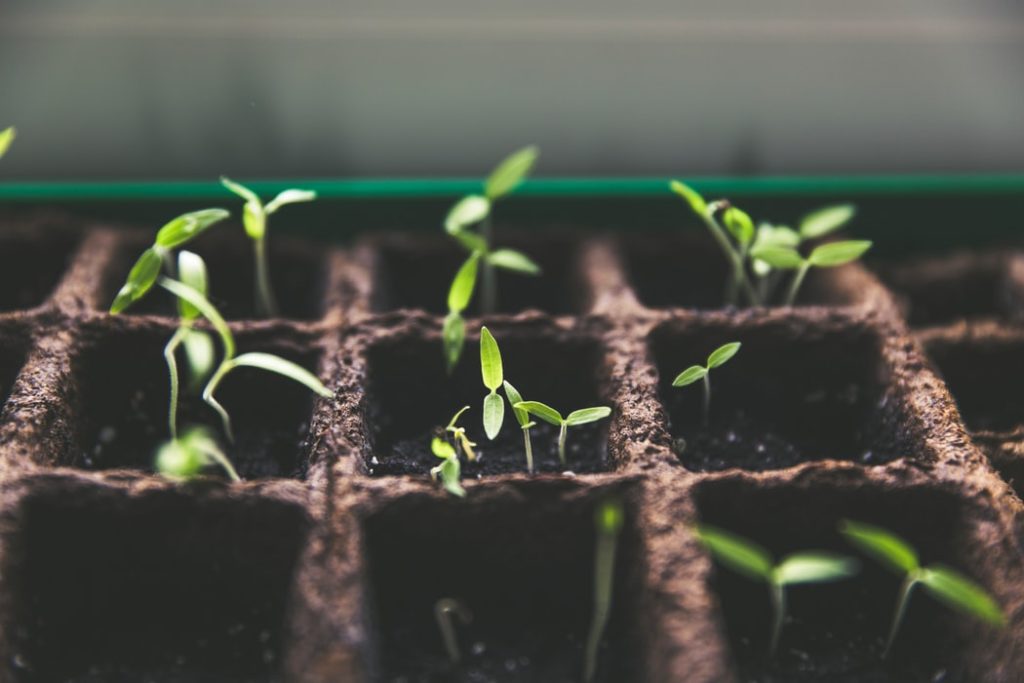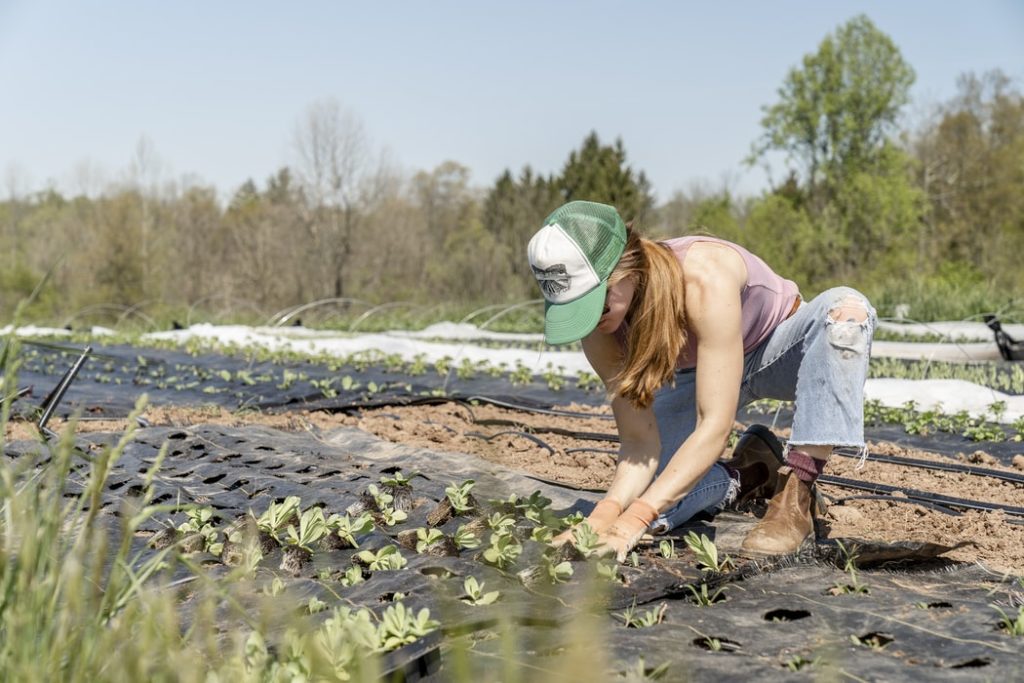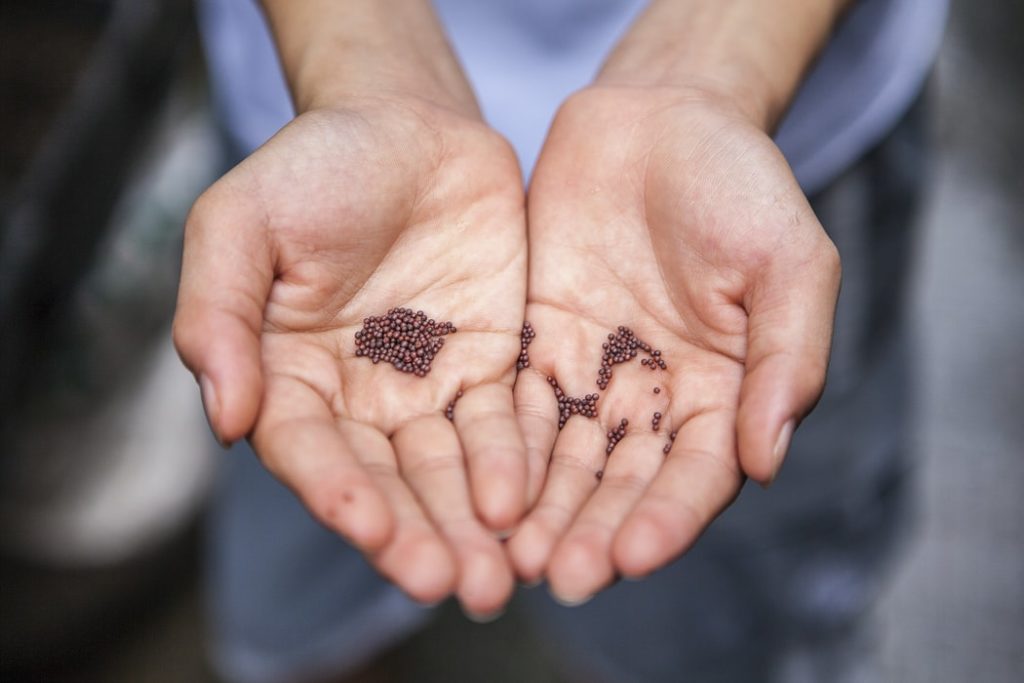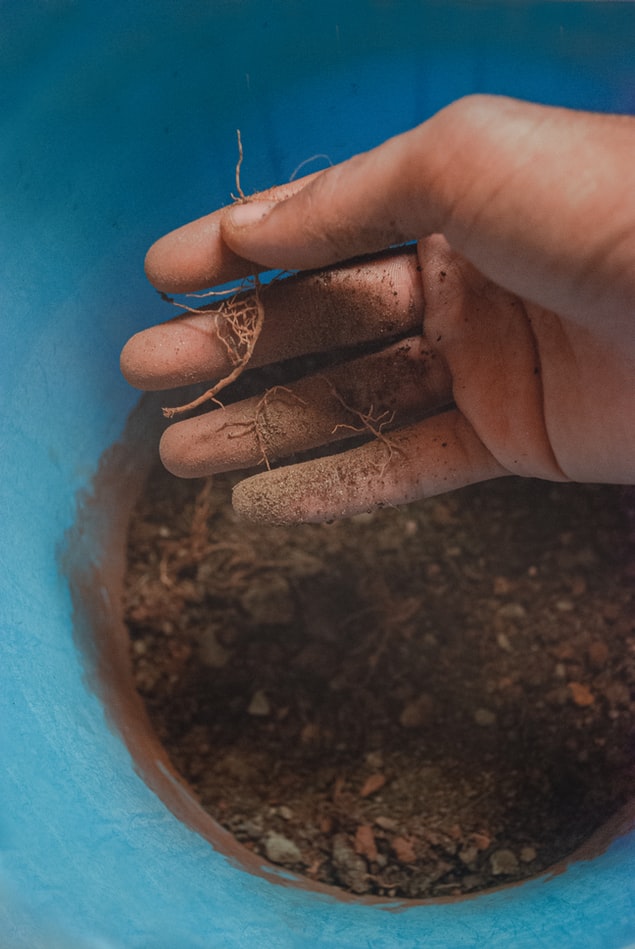In a world complicated more than ever with health and environmental issues, it’s important to recognize the benefits and beauty of our natural resources like trees, plants, and flowers. As the world population increases, humans are relying on more trees and plants while adding more waste, pollution, and hazardous chemicals to the environment.
With the future of our planet in limbo, all people can make a difference and find ways to embrace horticulture and repurpose natural resources for the good of the Earth. Common eco-friendly actions like recycling, composting, and reducing carbon emissions and fossil fuels play a significant role in preserving the environment. However, society has a long way to go so instead of chopping down trees and replacing old plants once they’ve run their course, let’s explore some astounding ways to reuse plant parts and develop new, healthy renditions of their own.
Unless you’re the Lorax or ever read Shel Silverstein’s The Giving Tree as a child, you might not be fully engaged in protecting our trees and pursuing steps to preserve and reproduce plant life. The process of creating new plants through sources like seeds, bulbs, and clippings of stems, roots, and leaves is known as propagation. Were you aware of the versatility of plant parts to essentially be re-rooted to spawn a new collection of plants, herbs, flowers, and foods? Not only is the process rather straightforward to employ, but it’s also a major contribution to the healthy and appealing gardens, flower beds, and landscapes cultivated across the land.
Propagation can be an asexual or sexual process. Asexual propagation occurs when serviceable pieces of a parent plant (i.e. stems, roots, leaves) are reconstructed into new life. Herbs, fruits, and bushes are common examples of this process when a parent plant is replicated to take on the attributes of the existing version. Sexual propagation involves spores or seeds where the female egg is pollinated by its male counterpart to spawn offspring, thus using characteristics from each parent plant. This is particularly popular with vegetables and annuals that start anew each season.
Helpful Tips for Successful Plant Propagation
Propagation allows you to tend to your garden and apply your green thumb on a budget. Gardening and landscaping can be an expensive hobby when purchasing plants from retail stores and garden centers year after year. Many home and garden enthusiasts take on propagation as a challenging endeavor, an eco-friendly hobby, and a way to share the newly developed plants with neighbors, friends, or as a thoughtful gift idea.
Propagation takes patience and works in many variations

It is incredible to acknowledge that every cell of a plant can be modified, replicated, and tailored to reproduce a new batch of healthy, useful, and attractive plant life.
Plant propagation can be achieved by a variety of methods including:
- Cuttings – This common propagation technique involves cuttings from leaves, stems, and woods.
- Seed growth – Consider this Gardening 101 when a small packet of seeds blended with light, water, and a little TLC can create a magnificent assortment of plants and flowers. This germination process depends on H2O, light, temperature, and the atmosphere.
- Division – Occurs when taking portions of established plants and shifting them to fresh pots of soil or sporadic areas of a garden.
- Layering – This pertains to scattering stem or branch parts under the soil where new roots can form while still absorbing the mother plant’s water and food sources.
- Bulbs and corms – These perennials include flowers like gladiolus, irises, and tulips as well as foods such as potatoes, onions, and garlic that naturally multiply and resurface every year.
- Planting runners and offsets – These are offspring that are re-plantable clones of their mothers.
- Grafting and budding – The blending of portions of different plants so they share the ability to grow as one. Grafting merges the top part of one plant into the root system of another.
The most common propagation technique involves cuttings from leaves, stems, and woods. Leaf cuttings are ideal for houseplants like succulents because of their ample leaves and year-round usability. Cuttings from stems include the stalk, stem, and several leaf parts that can regrow annuals, vegetables, or even a fresh, new dozen roses. Snip a stem below any leaf nodes, flower buds, or decomposed area at a 45° angle for ideal rooting results. Pull off most of the leaves along the freshly cut stem since roots will often grow from these nodes. Some wood cuttings from conifers include shrubs and branches that are flexible, soft, and best propagated between April and June when the ground is relatively wet. In winter, try taking cuttings from more mature, leaf-bearing trees like maple, mahogany, and oak. Propagating from these hardwoods is often challenging because they’ve been inactive during parts of the season, which makes it difficult to grow new roots.
Tips and Tricks of the Trade

When repurposing cuttings, there are a few simple steps that can make a world of difference.
Propagating with plant cuttings works well with houseplants, shrubs, and flowers often associated with well-manicured landscapes. A horticultural hobbyist’s primary goal is to revive plant life and dawn decorative displays. When propagating new cuttings, the plant parts should be maintained with even moisture, oxygen, and temperature. Make sure the plant being cut has nutrient-rich stems and maintains several leaf nodes to help stimulate future growth.
First, be sure to identify a healthy mother plant, use good quality tools and enhancers, and keep trays and pots clean to ensure the replenishment’s potential from the outset. As the plant is cut, strive for a balanced root to shoot ratio, meaning the ground-bearing roots should be in line with the quantity of stems, stalks, and leaves above the soil. Pruning plants above ground will naturally yield some of the roots underground feeding into the soil and enabling plants to be repositioned for healthy growth.
Gather a small pot of fine-textured non-soil mix to protect the delicate cuttings. It’s recommended that this type of mix should contain flaky vermiculite or sand-like perlite, which provide nutrients and moisture while keeping the planting material aerated. Next, apply a rooting powder or gel to the cutting. This bonds the tissue at the end and triggers hormones and vitamins that bolster root development. To preserve the rooting agent and ensure the cutting will rejuvenate, make a small hole in the center of the mixture before dropping in the cutting.
While bright light and warm temperatures will aid the propagation process, avoid too much exposure to the sun and maintain a level of humidity so the cuttings don’t dry out or absorb too much water. A grow light can provide many benefits including energy efficiency, accelerated seed growth, replenishment of struggling plants, and balanced conditions to grow vegetables and herbs when it’s too cold outside.
Once the cutting is replanted, over time new roots should begin forming. Examine the process daily and when roots are visible or the plants don’t separate when giving a slight tug, the cuttings are ready to be transported into a potting-soil filled container. Monitor growth during this next phase and consistently remove dead leaves or apparent problem areas where fungus and disease may affect the healthy parts of the plant. In a perfect propagating world and depending on the genus and species, new plants will fully mature in a matter of days or months.
Seeds also Deserve a Seat at the Table

In germination efforts, first determine if your seeds can be placed directly into the ground or would be better served using a container such as a terra cotta pot or plant growing tray. While many flowers, herbs, and vegetables can be directly sowed outdoors, initiating seed growth with a small container may help control environmental conditions and ensure a seamless propagation process.
Begin with a refined potting soil mix and dampen it slightly so it remains intact before pouring into a pot or tray. Avoid pressing down soil too densely because seedlings need oxygen and will effectively grow with some room to breathe. Next, blend seeds with a mineral-rich substance like vermiculite to help spread the seeds over the top of the soil. Be sure to spread them evenly across so they are not too crowded and bulked together which can result in deterioration and infection. The watering step is crucial and should be applied with caution so only a slight mist is evenly sprayed on the soil rather than drenching it with too much moisture. As seeds develop and leaves grow, the structure can be transferred into new containers or directly into the ground as roots will continue to grow with an adequate balance of water and oxygen.
Some Setbacks and Pitfalls in Plant Propagation

As nature runs its course and seasons pass, plant propagation endures numerous steps and encounters variable elements that ultimately bring newborn plants to fruition. Not every seed, cutting, or repositioned plant will perform its desired duty. Sometimes, Mother Nature relies on uncontrollable factors while on the other hand, humans may not be diligent enough to breed every plant into something bigger and better.
The time of year is a major indicator of whether propagation efforts will be successful. Propagation and seed growth depend on temperature and seasonal conditions to foster the process. Another drawback entails the physical setting in which propagation can occur. Without access to a greenhouse, grow lights, or sufficient heat, the plant’s reproduction attempt could be problematic. Additionally, excessive moisture in the soil and the atmosphere can dampen the planting material while too little water can dry it out. When repurposing plants successfully, it is critical to commence with a plant that appears sturdy, stable, and shows no signs of disease or decay. If it appears in good shape and sustains in a well-cultivated environment, this usually indicates the plant has healthy cells, tissue, and root systems making it ideal for propagation.
In summary, revitalizing parts of plants and witnessing their rebirth comes at minimal cost and maximum reward. The process typically does not require expensive supplies or heavy machinery. The creation of new life from existing species is an admirable accomplishment that can blossom beautiful plants, flowers, and foods while sustaining the planet and capitalizing on its natural resources. The end result of plant propagation is a revamped array of plant life that is healthy, hearty, and gratifying as it thrives throughout the environment.
